Aerobic Respiration
Definition of Aerobic Respiration - This is a type of respiration where molecular free oxygen is used as the final acceptor and it is observed in cell.
Site of Aerobic Respiration - Aerobic respiration is observed in most of the eukaryotic cells that starting from unicellular organisms to those found in higher plants and animals this type of respiration is carried out by the joint action of the enzymes present in cytosol and mitochondria of the cell. This type of respiration do not occur in certain eukaryotic cell such as is RBC skeletal muscle cells etc in which mitochondria are either absent or very rare as prokaryotic cell does not contain any mitochondria so it does not exhibit aerobic respiration to a great extent glucose is the chief food oxidised in the cell of living organisms and Adarsh Sugars called Fructose galactose glycogen and starch proteins and fats can also be observed to be oxidized in some cases plant cells utilise glucose and starch which is a polysaccharide made of glucose units and animal cells utilise glucose and glycogen which is polysaccharide made up of glucose unit as their respiratory fails glucose is the main substrate net reaction of aerobic respiration can be represented by the following equation below-
For complete oxidation of every molecule of glucose 6 molecules of oxygen required and as a result of this reaction six molecules of carbon dioxide and 6 molecules of water are produced. In the aerobic respiration 1 mole or 1 gram molecular weight glucose can yield 686 kilo calorie of energy.
From the reaction of the aerobic respiration it is observed that six molecules of oxygen are used in this reaction that oxidizes 6 carbon of glucose to produce 6 molecule of carbon dioxide where is oxidation of carbon atoms of organic compounds by molecular oxygen also produce carbon dioxide by the process of chemical combustion or burning. In aerobic respiration actually the molecular oxygen oxidizes the hydrogen atoms to produce water molecules and the carbon dioxide gas is liberated by decarboxylation reaction and from the above equation it is established that six molecules of carbon dioxide and 6 atoms of carbon and 12 atom of Oxygen and needed of which the glucose contains only 6 atoms of carbon and oxygen of 6 atoms. Thus it can be interpreted that water present in the reaction medium provides the essential 6 more oxygen atom that is required.
This water
is present in the medium means Protoplasm was the actual reaction of the
complete oxidation of glucose in case of aerobic respiration should be
presented by the equation below.
Chemical Reaction-
C6H12O6 + 6 O2 → 6 CO2 + H2O + energy.
Chemical energy which is stored in the food is released as kinetic energy is used for the different physiological activities in the organisms.
This inter process of aerobic oxidation of carbohydrate fat and protein is complicated and there is involvement of a number of metabolic Pathways as described below. We all know that carbohydrate is the chief respiratory substrate and the process of oxidation is involved for the degradation of the substrate to extract the energy and convert into the usable form.
Aerobic respiration constitutes of glycolysis, Krebs cycle or TCA cycle and Terminal respiration.
Glycolysis - This is observed both in aerobic and anaerobic organisms. Glycolysis is a multiple-step of reaction which is observed in the cytosol of living organisms as it is associated with the conversion of 1 molecules of glucose into two molecules of pyruvic acid by the release of energy. Several enzymes are observed in this reaction even some of the steps are reversible where else some are irreversible. In the first step of glycolysis degradation of ATP molecules causes release of phosphate and ADP, that inorganic phosphate bind sweet glucose and convert it to glucose 6 phosphate here one molecules of ATP is used. Ribulose 6 phosphate is converted to Fructose 6 phosphate by the isomerase enzyme and again in the next day ATP molecule is used for the uptake of inorganic phosphate Fructose 6 phosphate and that will converted into Fructose 1,6 bi phosphate.
Energy Production During Glycolysis:
Tricarboxylic Acid Cycle - Tricarboxylic acid cycle is next step for the degradation of the pyruvic acid which is produced during glycolysis . Tricarboxylic acid cycle cannot start without combination of pyruvic acid with acetyl coa combined with acetyl coa and then only it is entered into the acid cycle. Tricarboxylic cycle is very much for aerobic respiration as it is observed in the mitochondria Matrix and the required enzyme or enzyme complexes for this cyclical process are observed or found in the inner membrane of space that forms between the outer membrane of Mitochondria and inner membrane of mitochondria. The first producing compound of TCA cycle is citric acid cycle which is the three carbon compound molecules and this cycle is called Tri carboxylic acid cycle. Why this reaction two molecules of phosphor inner pyruvic acid undergoes different conversion from one compound to other and also liberates energy. Pyruvic acid is associated with acetyl coa to form phosphoenolpyruvic acid please convert it to cyclic S8 then citric acid is converted to isocitric acid, converted to cis aconitic acid ,Alpha ketoglutaric acid, oxaloacetic acid, fumaric acid, malic acid.
Energy Production during TCA Cycle:
Electron Transport Chain - Different energy molecules like NADH2, FADH2, GTP that produces during the glycolysis and Krebs cycle are undergoes the conversion through the ETS reactions and converted into ATP molecules. Valuation of 1 molecule of NADH2 is equivalent to 3 molecules of ATP and FADH2 is equivalent to 2 molecules of ATP. 1 molecule of GTP is equivalent to 1 molecule of ATP. Electrons are carried by different components of this chain and are called electron carrier and the components that accept electrons are called electron acceptor.Different electron carriers are there to carry the electrons and are there for production of water molecules and release of energy is the obvious process.
From Aerobic Respiration to HOME PAGE
Recent Articles
-
Respiratory Balance Sheet | TCA Cycle | ATP Consumption Process
Feb 18, 24 01:56 PM
The major component that produced during the photosynthesis is Glucose which is further metabolised by the different metabolic pathways like glycolysis, Krebs cycle, TCA cycle and produces energy whic… -
Electron Transport System and Oxidative Phosphorylation | ETC |Diagram
Feb 04, 24 01:57 PM
It is also called ETC. Electron transfer means the process where one electron relocates from one atom to the other atom. Definition of electron transport chain - The biological process where a chains… -
Tricarboxylic Acid Cycle | Krebs Cycle | Steps | End Products |Diagram
Jan 28, 24 12:39 PM
This is a type of process which execute in a cyclical form and final common pathway for oxidation of Carbohydrates fat protein through which acetyl coenzyme a or acetyl CoA is completely oxidised to c… -
Aerobic Respiration | Definition of Aerobic Respiration | Glycolysis
Dec 15, 23 08:42 AM
This is a type of respiration where molecular free oxygen is used as the final acceptor and it is observed in cell. Site of Aerobic Respiration - Aerobic respiration is observed in most of the eukaryo… -
Fermentation | Definition | Types of Fermentation | Application
Nov 29, 23 10:27 PM
Definition of fermentation- It is a process that is energy yielding process of anaerobic oxidation of organic compounds which are carried out by the enzyme action of micro organisms where neither gase…
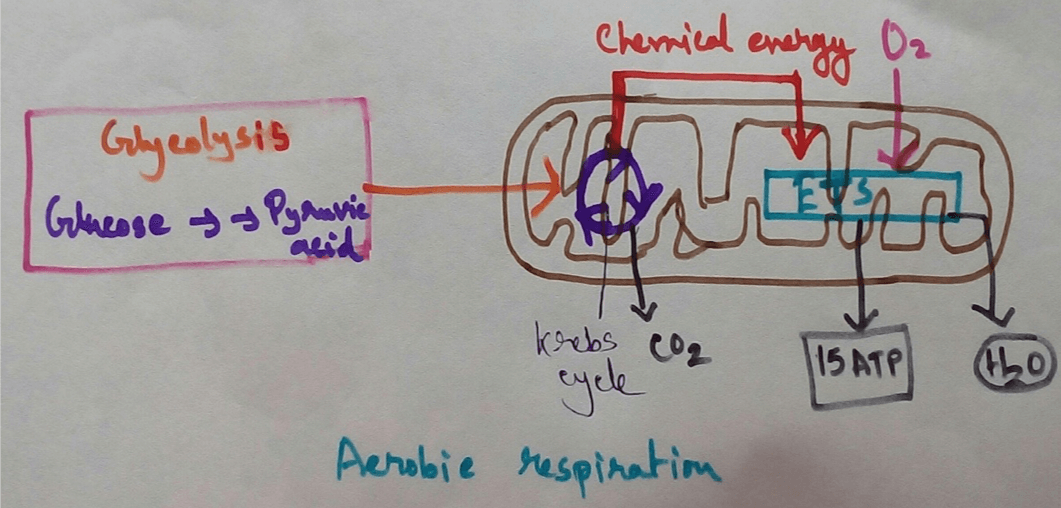
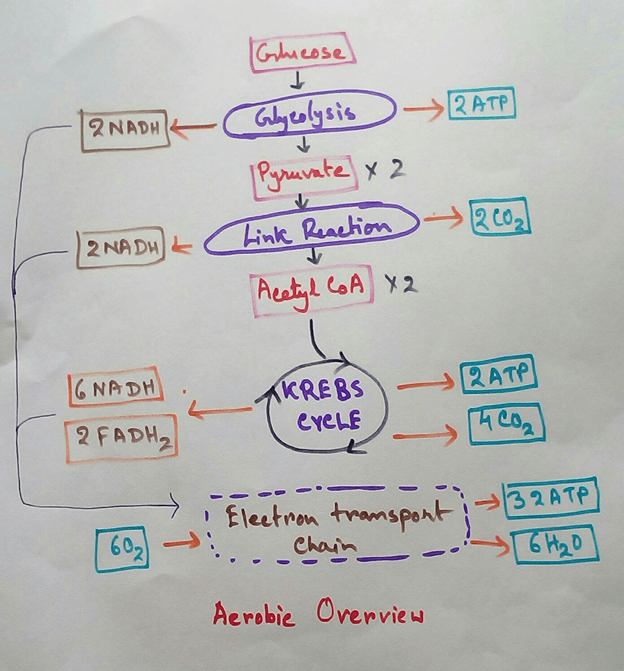
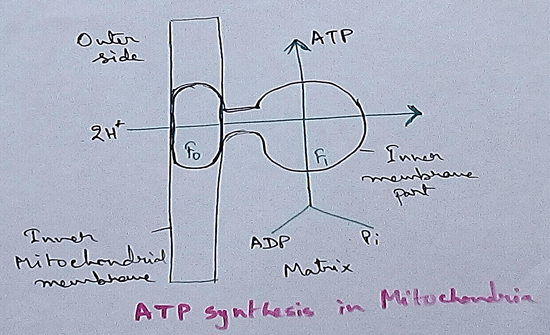
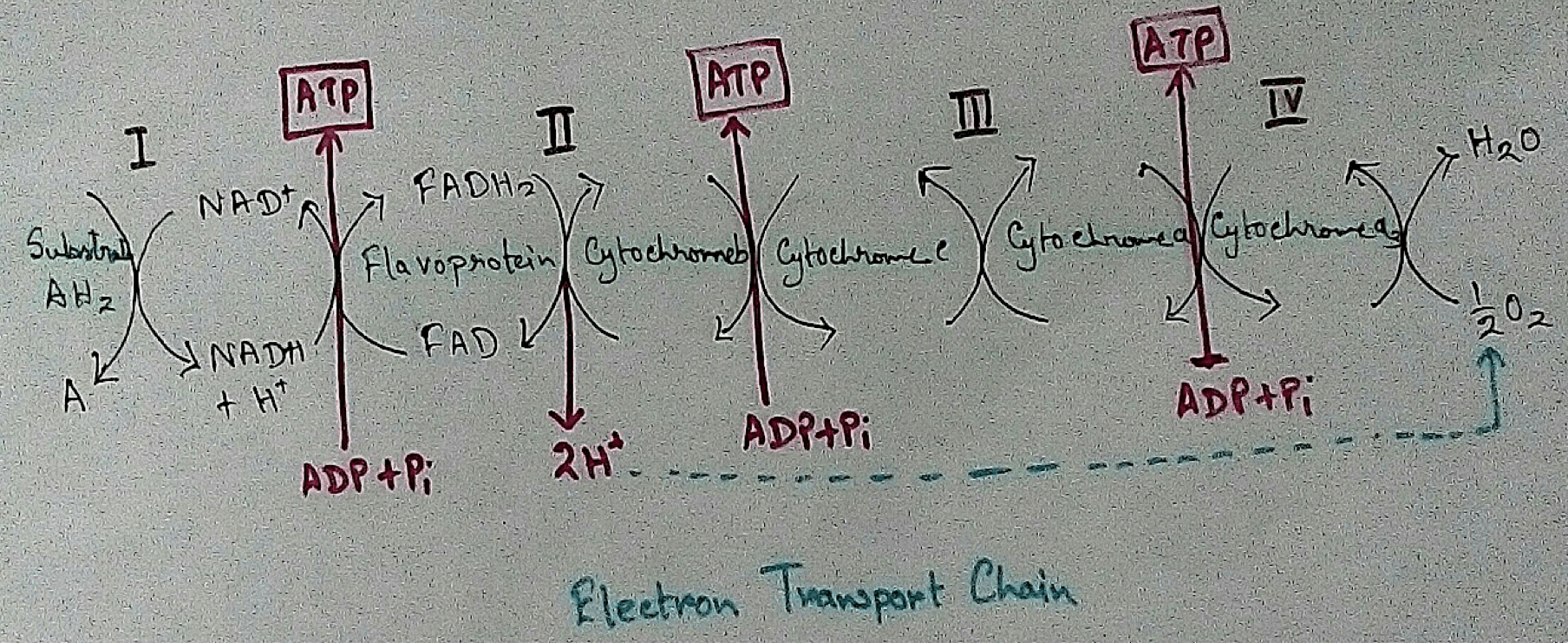

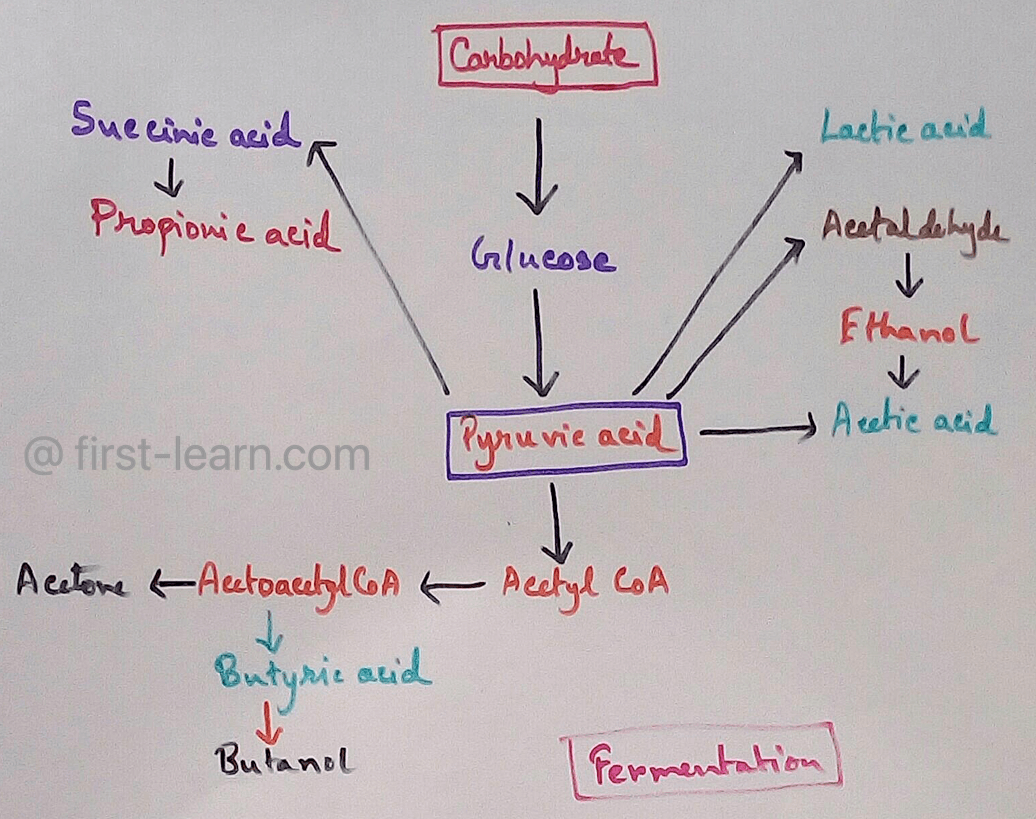
New! Comments
Have your say about what you just read! Leave me a comment in the box below.